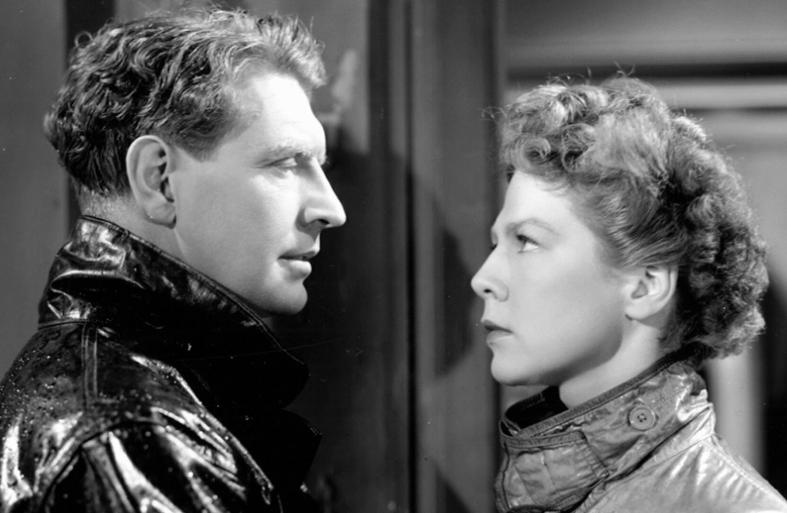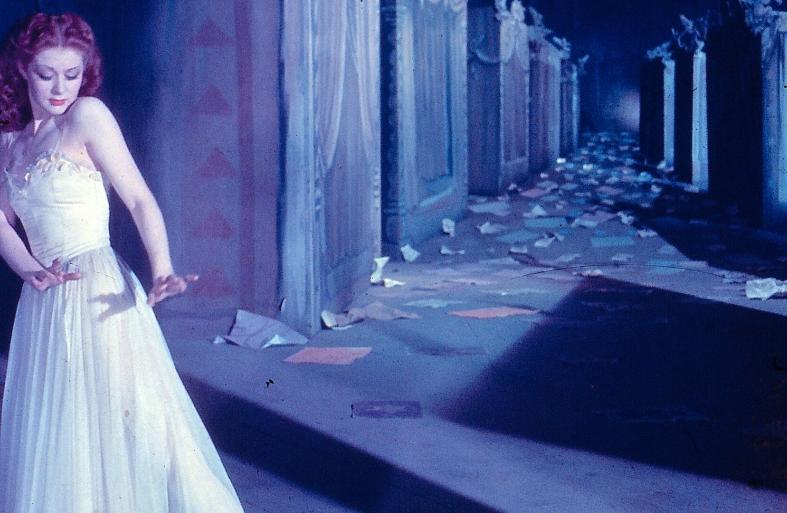For many years, the filmmaker duo of Emmerich Pressburger and Michael Powell was considered a hidden gem, with several key works not receiving their due recognition. Director Martin Scorsese, a big fan, kept in touch with them and was one of the forces behind their revival in recent years. The documentary he led this year, Made in England: The Films of Powell and Pressburger, is a tremendous opportunity - celebrated worldwide - to watch their films again (or experience them for the first time).
Michael Powell was born in Kent, England, and spent most of the 1930s directing low-budget films designed to comply with government regulations that sought to ensure local films were shown on the UK screen. While working on one of these, The Spy in Black, by Hungarian-born British producer Alexander Korda, he met Emrich Pressburger, a Hungarian filmmaker who came to Britain with experience in the German UFA film studios, where he worked until all the Jews were fired when the Nazis came to power.
The two began collaborating, and the succession of films they wrote, produced and directed in the following years - The Life and Death of Colonel Blimp, A Matter of Life and Death, and The Red Shoes - set a new standard for cinema. This collaboration was conducted under the umbrella of their production company The Archers, and it relied on the excellent work of several permanent staff members: production designer Alfred Junge, set and costume designer Hein Heckroth, cinematographer Jack Cardiff, art director Arthur Lawson, and composer Brian Easdale. They also often used the same cast members: Roger Livesey, Anton Walbrook, Moira Shearer, Deborah Kerr, and others.
Powell and Pressburger moved away from the realism of British cinema in favor of a degree of fantasy and imagination, with firm plots centered on a solid narrative foundation. To charge these scripts with momentum, they relied on an original use of cinematic tools: design, camerawork, and soundtrack, with the clear intention of moving the audience's hearts and minds. The use of colors was intense and elegant, and in the years when color films were just breaking out, they offered rich and mesmerizing images that were devoid of unnecessary beautification. Their films demonstrated a degree of emotional and ideological restraint, expressed in the choice of heroes and how they faced obstacles. The combination of these components triumphally translated the Carry On British approach, which took shape during the war years, into excellent drama films.
Some of these classics, produced during or immediately after WWII, probe into the physical and emotional dealing of loss, horror, and cruelty, and with ways of healing and recovery. The sequence of films they directed during the 1940s and early 1950s is today considered the pinnacle of cinema, impacting generations of creators. This tribute is an opportunity to watch these astounding gems.









